Microsoft CEO Satya Nadella: 10 Boldest Statements From CRN’s Exclusive Interview
Here’s what Microsoft’s Satya Nadella had to say about how partners generate revenue, Azure’s edge over Amazon Web Services and Google Cloud, emerging technologies, the SolarWinds hack and Microsoft’s bid for TikTok.
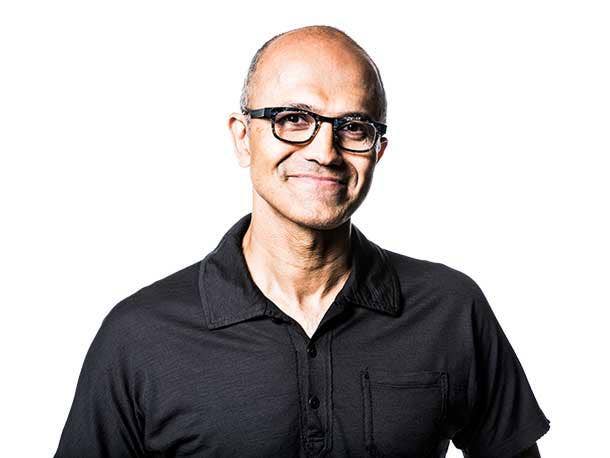
Nadella On SolarWinds, Partners And Being ’Cool’
Microsoft’s success hinges on the value created around it as a platform company, and its growth wouldn’t be possible without partners unlocking its technology potential with customers, according to CEO Satya Nadella.
“What I think is unique about the way we approach our business, our business model and the partner ecosystem is we fundamentally wouldn’t exist as a company if not for the partner ecosystem taking what we build, adding value to it and then, most importantly, jointly being as obsessed about how do the outcomes of it help the world get better one business at a time, one community at a time,” Nadella said in an exclusive CRN interview. “That to me is the core ethos, at least of the Microsoft that I have grown up in.”
And there are “trillions of dollars” of opportunity for the technology company and its partner ecosystem, Nadella said.
“Today 5 percent of the world GDP [gross domestic product] is spent on tech,” he said. “I think in 10 years’ time—in fact this COVID crisis may have accelerated it—that’s going to be 10 percent. In other words, we are lucky enough to be in an industry that’s going to double. The partner opportunity therefore is clear.”
Nadella, who’s served as Microsoft’s CEO since 2014, has spent more than half of his life working for the company and will mark his third decade there next year.
Here is what Nadella had to say about partners and how they generate revenue, Microsoft Azure’s edge over Amazon Web Services and Google Cloud, emerging technologies, the SolarWinds hack and Microsoft’s bid for TikTok.
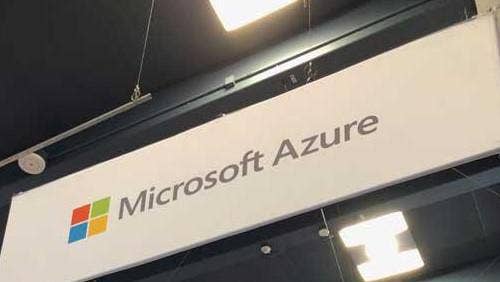
Azure Over AWS And Google Cloud
Our differentiation stems from a couple of different dimensions. One is when we think about Azure or for that matter any layer of our commercial cloud, it’s that scope. We have differentiation in Azure. Hybrid is something that we have always led. We have the most differentiated data layer. We have the most differentiated AI [artificial intelligence] layer as it meets tools. We have the most differentiated tool chain, especially with Azure DevOps and GitHub. But the most important thing for us is that line between Azure to GitHub to Power Platform to Microsoft 365 or Dynamics 365 is one integrated commercial cloud opportunity for partners.
When you are going to a partner or when you’re going to a customer, you don’t want to talk about infrastructure independent of data, you don’t want to talk about data independent of the SaaS applications, because customers care about all of these things together in the context of their business process, business value. That’s the unique opportunity: That we are more comprehensive in scope, scale, depth, which then in turn translates into partner opportunity and customer value, and I think that’s important.

Partners ’Core’ To Creating Value Around The Platform
I always say as a platform company, fundamentally, it’s all about the value you create around the platform.
So every time I go even to a country, I always sort of say, ’OK, what is Microsoft’s role in the country or what is Microsoft’s contribution to the country in terms of making small businesses more productive; or large enterprises, multinationals in that country more competitive, employing more people; [the] public sector in that country becoming more efficient; health outcomes, education outcomes.’ That’s sort of the core of what I’m looking for.
Interestingly enough or more importantly, what is core to that is partners. There’s no way any of that would happen without some partner taking whatever we have built to that small business, to that large company, to that public sector institution.

Partners And The Pandemic
Going into COVID, there was this huge momentum around digital transformation for the smallest of businesses to the largest of institutions, but just core resilience. Whether it was remote work, remote education, remote health—take anything—it suddenly became important that, in order for any business or any institution to stay operating, you needed digital technology.
And guess what? Partners who were able to then help their … customers with that digital resilience or resilience driven by digital technology—deploying Teams rapidly to scale, deploying Remote Desktop rapidly to scale, migrating applications from data centers to the cloud, increasing the security operating footprint, whatever may have been the task—that has been huge. And I think that there’s no going back in an interesting way. A lot of things have accelerated.

Emerging Technologies For Partners To Pursue
If you take something like the hybrid computing. … The other day I was looking at all of the deployments of 5G, Azure edge and the cloud. That is a complete new place. Whether it’s the Starbucks coffee machines or whether it is the Purell hand sanitizer, interestingly enough, you put MCUs [microcontroller units] in them, you connect them, you connect it to 5G, and you suddenly have a very different type of hybrid computing. You could say, ’Oh, we’ve always had hybrid,’ but this is new to the world. It’s not the hybrid as a transition phase from old to the cloud. There is a complete birth of cloud- and edge-class applications that partners are deploying in many, many interesting places.
Or you go to another extreme, which what is happening with the low-code, no-code development—I mean just tremendous opportunity. You go into Teams, you go extend Teams with these business processes applications. In fact, this morning I was meeting with a large enterprise where they’re building many, many of these Teams and Power Apps applications through a partner.
What’s happening in the data and AI space around [Azure] Synapse, around Cosmos DB. This is every layer of the stack. Whether it’s at the infrastructure with hybrid, with data with its next generation of large-scale data warehouses with Synapse or operational stores with things like Cosmos DB and Hyperscale SQL— or what’s happening with Power Apps, what’s happening with Azure DevOps in GitHub or Teams—[it] shows a very fresh modern stack with plenty of partner opportunity.
And one of the things that we also see is that connective tissue—it’s not one layer at a time. You could start in Teams, deploy Teams, write a Power Apps, and the Power Apps is using Azure DB. So, are you a partner of which technology? You’re a partner of all of those technologies. But, more importantly, you are a partner who is driving faster time to value for customers.

SolarWinds Hack
To me, what SolarWinds shows is the importance … of moving to the cloud. A lot of the SolarWinds attack surface is because of the trust relationships sometimes that get established between the weak portions of your on-premise infrastructure— where you don’t have the operational security posture even or even when the systems are not patched—and then your cloud, and then you can sort of propagate laterally.
In some sense, it is … a wake-up call for all companies to take security as a first-class priority, to implement zero-trust principles and then make sure that the operational security posture of the cloud is something that they’re able to take advantage of. At the end of the day, this is not the first or the last cyberattack—this is going to be ongoing. And so the question really is what’s that hygiene, what’s that discipline, what’s that technology frontier you’re on?
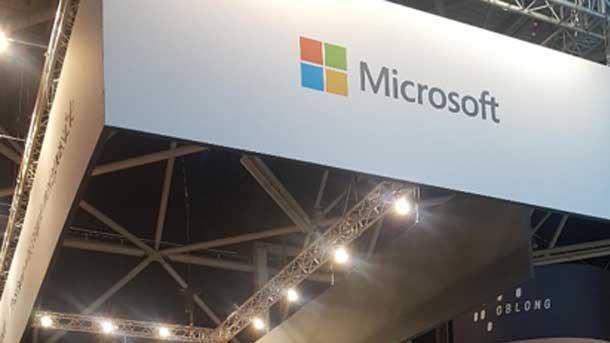
Microsoft’s Consumption- And Subscription-Based Compensation
If we thought we had a fantastic business model and a fantastic opportunity with our ecosystem of partners in the old era of, let’s call it software licenses, we have now proven that this move to consumption and subscription is a tremendously more valuable thing to our customers and tremendously bigger opportunity for us collectively.
So I feel like this business model is here to stay because it’s more aligned. After all, a customer is not going to subscribe if they’re not getting value. A customer is not going to consume if they’re not getting value. It puts us, our partners, fully aligned with customer success, which I think is fantastic. I celebrate this sort of alignment, and we will continue to keep tuning it.
Our customer expectations are only going to go up. Let’s be clear, it’s not going to be like, ’Hey, what we did last year, if we just repeat it next year, we’ll be fine.’ No, we will have to improve and in nonlinear ways, and so will our partners.
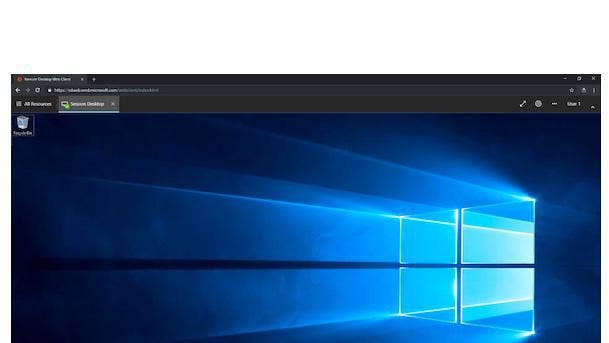
Nadella On Windows Virtual Desktop
WVD is a horizontal technology. We’ve always had Remote Desktop Services in Windows, and this is about really taking that to the next level as a native cloud service and making it available.
Of course, we have people like Citrix and VMware and others who even build on top of it. And then there are people who go straight to WVD. It’s no different than historically how Microsoft has had remoting capabilities for desktop as a server role. We now have it as a cloud service. And guess what? In a world of remote everything, this has become pretty mission-critical.
And so, there’s plenty of opportunities, whether it’s for other ISVs and partners like VMware and Citrix or for other VARs and system integrators and technology partners to extend it. I would say it’s not going to be one solution, but we have continued to improve WVD as remoting technology for Windows and Windows desktop.
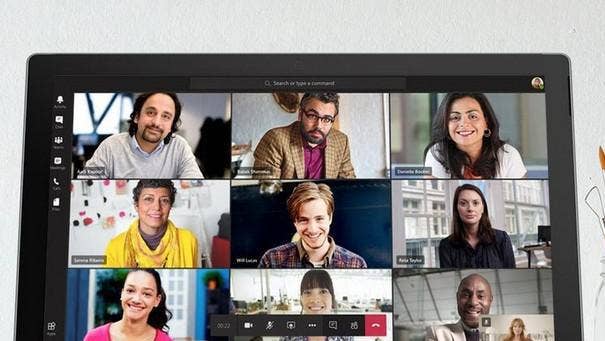
Teams Post-Pandemic
When we ‘come back’ from the pandemic, hybrid work is here to stay—whether it’s somebody in the field working with somebody in the headquarters or somebody at work working with a bunch of people who are remote or working from home. And so, in this hybrid work, the flexibility that is built into Teams and all the modalities of communications, collaboration, as well as business process that are built into Teams, I think are going to be of paramount importance and in fact a tremendous opportunity for partners. It’s a real platform opportunity for partners. It’s not just one tool, it’s really a scaffolding and a platform that I think changes how people work.
We have a fantastic road map. Lots of enhancements, fundamentally on multiple dimensions even. There’s the end-user feature side, but there is … the security and the IT side and … the developer side. I think that’s why it’s exciting. Whenever we think about Teams, it’s like talking about Windows or really talking about Azure. Teams is as much of a platform opportunity as it is an end-user tool.
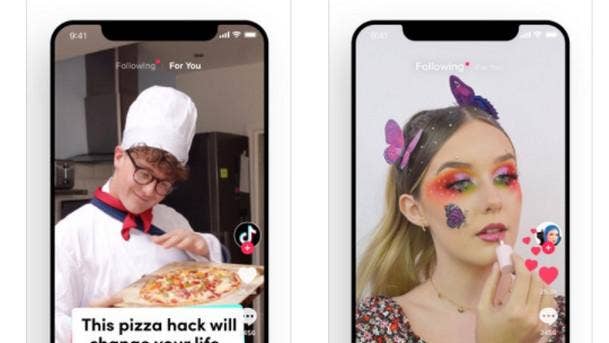
Nadella’s Response About Microsoft’s Interest In TikTok, Pinterest
Today we have a very thriving consumer business. In fact, we run the largest gaming social network in Xbox Live. We have a consumer social network called LinkedIn with nearly 740 million members. We have many other successful consumer brands like our Surface brand. We have now close to 50 million subscribers for [Microsoft] 365 consumer.
So we are excited about our consumer businesses, and we’ll continue to invest in them, grow them. There’s partner opportunity, whether it’s retailers or others in those businesses, and we’ll always continue to look even for the intersection between B2B2C [business to business to consumer]. That’s kind of the unique aspect of Microsoft, and we’ll continue to invest in … and grow those businesses.
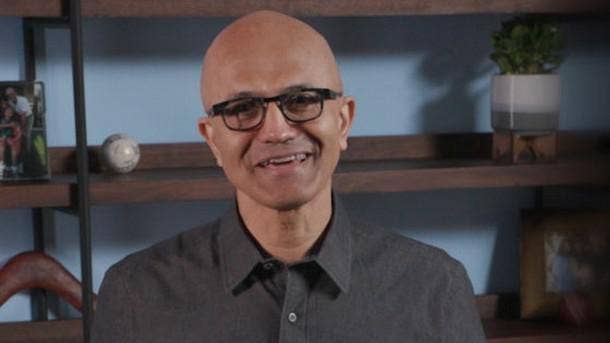
Being Relevant To Customers Versus ‘Cool’
What matters to me is, every day when we show up, are we doing relevant things for our customers. I’m not so much hung up on … the PR contest of what is cool and what is ’buzzy’ in our tech industry to some analyst, because that is the least of the things that I track or care about. What I care about, and I say this to even interns who are joining Microsoft or fresh employees to Microsoft: ‘You don’t join Microsoft to be cool and buzzy. You join Microsoft because you want to make others cool.’ That to me is what is the quality of this place.
And so, as long as some small business in some developing country feels like they’re becoming more productive because of Microsoft technology and partners in our ecosystem; a large multinational somewhere in the world feels like they’re now becoming digitally self-sufficient because of us; or a public sector institution anywhere becomes more efficient, saving taxpayer dollars—that to me is cool. It’s not some relative competition and statements among [the] tech industry on the narrow corner of the world called the West Coast of the U.S.